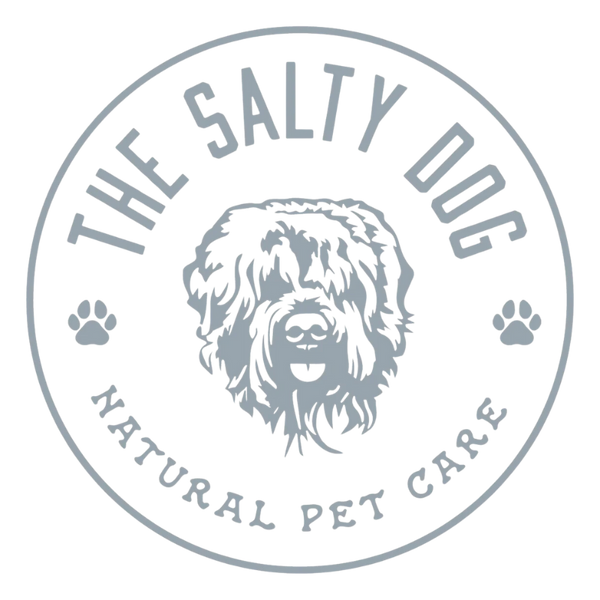When choosing a shampoo for your dog, it’s tempting to go for products that promise great scents, vibrant colors, or extra shine. However, not all ingredients in these shampoos are as “natural” or “safe” as they may appear. Knowing what to look out for can be vital to keeping your dog’s skin and coat healthy. Here are some key ingredients to avoid:
1. Cocamidopropyl Betaine: Although this ingredient starts out from coconut oil, heavy processing transforms it into an environmental toxin. Known to disrupt the immune system, it’s a far cry from its natural origins. If you’re looking to keep your dog’s shampoo clean and safe, avoid ingredients like this that begin as “natural” but undergo extensive chemical processing.
2. Synthetic Fragrances: While a pleasant aroma can make a product more enticing, not all scents come from natural sources. If a shampoo’s fragrance isn’t derived from essential oils or botanicals, it may be loaded with synthetic chemicals. Since dogs have a sense of smell that’s 50 times more sensitive than ours, “fragrance” on the label can hide harmful chemicals that may lead to allergic reactions, immune issues, or even neurotoxicity. Always prioritize shampoos that use natural scents over artificial ones.
3. Artificial Colors: Some “herbal” shampoos feature an eye-catching green tint, but don’t be fooled—it’s often a result of artificial colors. These synthetic dyes, such as D&C, FD&C, and Yellow 5, are linked to cancer and other health issues, so they’re best avoided. Look for shampoos with natural color or no added color to avoid these potential hazards.
4. Isopropyl (SD-40): Derived from petroleum, this chemical (a form of propylene) strips the skin of moisture, leading to irritation and dryness. Over time, this can make both you and your dog more susceptible to bacterial and viral infections. For a product that nurtures your dog’s skin rather than causing harm, steer clear of petroleum-derived ingredients.
5. Isopropyl Alcohol: Isopropyl alcohol, commonly known as rubbing alcohol, is a deceptive addition to many pet and personal care products. Once absorbed, it converts into acetone, posing risks to the liver, lungs, and heart, and acting as a nerve toxin. This ingredient is also known by names like isopropanol, 2-propanol, and propyl, so be on the lookout for these variants on the label.
6. Polysorbates: Polysorbates, often followed by numbers like Polysorbate-20 and Polysorbate-80, act as emulsifiers to combine oil and water. However, Polysorbate-20, which is derived from a simple sugar alcohol, can break down when mixed with the chemical ethylene oxide, a process that can lead to contamination by 1,4-dioxane—a known carcinogen. Additionally, polysorbates can disrupt the natural pH balance of skin and fur, potentially causing irritation.
7. Methylchloroisothiazolinone: This difficult-to-pronounce chemical is included in shampoos as a preservative and antifungal agent. However, it has been linked to organ poisoning and is recognized as a carcinogen. Interestingly, countries such as Japan and Canada have already banned its use.
Choosing a shampoo without these harsh ingredients can make a significant difference in your dog’s overall health. Opt for products with transparent ingredient lists, natural cleansers, and fragrances derived from essential oils. Just as we avoid toxins for our own skin, our dogs deserve the same care for a happy, healthy coat and skin.

